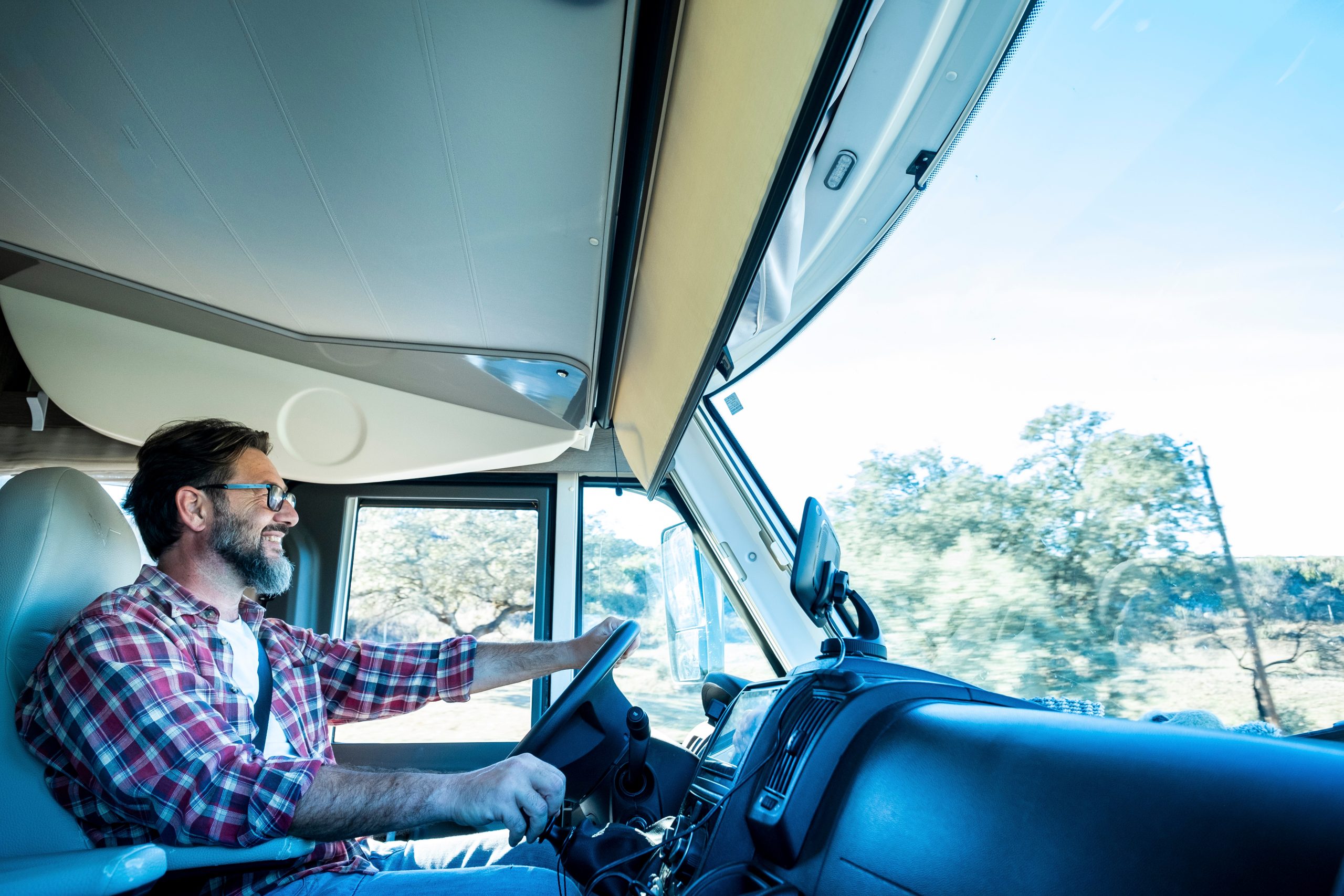If you’re new to RV travel or upgrading to a larger rig, you’ve probably heard instructors or seasoned RVers stress the importance of avoiding “driving left to center.” But what does this mean, and why is it particularly critical when operating a large vehicle like an RV?
Driving left to center refers to crossing the dividing line on a two-way road and entering the oncoming traffic lane. While there are some situations where this is legal—such as passing another vehicle in a designated passing zone or avoiding an obstruction—it’s often illegal and extremely dangerous, especially when maneuvering a vehicle as wide and heavy as an RV.
In this guide, we’ll explain what driving left of center means, when it’s allowed, and how RV drivers can prevent this common mistake with safe driving practices.
When Is Driving Left of Center Legal?
Even for RV drivers, there are limited, legal circumstances where crossing the center line is permitted:
- Passing another vehicle safely in a broken-line passing zone
- Going around cyclists, pedestrians, or stalled vehicles when the right lane is blocked
- Avoiding obstructions in your lane (like debris or construction equipment)
- Turning left into a driveway, RV park, or side road
When making these maneuvers in an RV, you’ll need extra clearance and more time than in a standard vehicle. RVs have wider turning radiuses, longer braking distances, and more blind spots, which can make crossing into the left lane riskier even in legal situations.
When Driving Left to Center Becomes Dangerous or Illegal
Illegally crossing the centerline is a common cause of head-on collisions, some of the deadliest types of crashes. For RVers, this risk is compounded by the length and weight of your vehicle. Situations where driving left to center is prohibited include:
- Passing in a no-passing zone, indicated by solid center lines or “No Passing” signage
- Blind curves or hills, where visibility is limited
- Impeding or cutting off oncoming traffic
If you’re towing a trailer or fifth wheel, the extra length can cause your rig to linger in the oncoming lane longer than expected, increasing collision risk.
Defensive Driving Tactics for RVers
Safe RV driving isn’t just about knowing the law—it’s about practicing defensive driving to prevent errors:
- Know Your Lane Position: RVs are wider than most vehicles. Use lane markings as a visual guide to ensure you’re centered and not drifting toward the left line.
- Avoid Distractions: Even a brief lapse in attention can cause your RV to drift. Stay focused, especially on narrow or winding roads.
- Take Turns Wide, but Controlled: Sharp left turns can unintentionally cause you to cross the center line. Approach turns slowly and check your mirrors.
- Watch Your Speed: RVs require longer stopping distances. Driving too fast increases the likelihood of crossing the centerline to avoid sudden obstacles.
- Mind Your Mirrors and Blind Spots: RVs often have extended blind spots, making it harder to judge the position of other vehicles when passing or merging.
Special Considerations for Rural Roads and Campground Entrances
Many RV travelers frequent rural highways or two-lane roads with limited shoulders. These roads often have narrow lanes and sharp curves, increasing the risk of unintentionally driving left to center. Similarly, when turning left into campgrounds or RV parks, always keep your wheels straight until you’re ready to turn. This prevents your RV from being pushed into oncoming traffic if rear-ended.
Penalties for Driving Left to Center
The fines for illegally driving left of center vary by state but often range from $100 to $450. Beyond fines, violations can result in points on your license and increased insurance premiums. More importantly, improper lane use in an RV can lead to severe crashes causing significant injury or property damage.
RV Driving Safety: Protect Your RV and Travel Safely
Understanding and avoiding driving left to center is essential for every RVer. By practicing defensive driving, knowing when it’s legal to cross the center line, and staying aware of your RV’s size and limitations, you can reduce your risk of accidents and enjoy safer travels.
At Happy Camper Insurance, we know that RV safety starts with preparation—on the road and with your insurance. 📞 Contact us today to review your RV insurance or get a quote for comprehensive coverage designed to keep you protected on every adventure.


